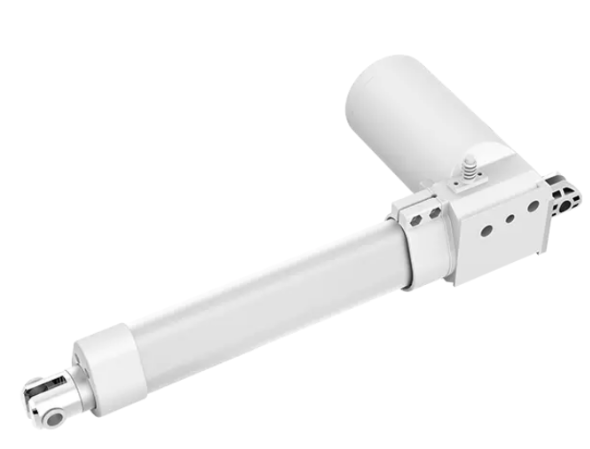- Home
-
- TF Integrated Workstation
- TT Integrated Station
- TS Single-Person Station
- TO Single-Person Station
- Advanced Office Table
- Manager Table
- Odette Conference Table
- Lifting White Board
- Lifting Podium
- Working Port
- Zen Standing Desk
- Lifting Coffee Table
- Home Standing Desk
- Nature Standing Desk
- Invictus Gaming Desk
- Study Desk
-
-
- Electric Hospital Bed
- Image Equipment
- Examination Bed/Clinic Bed
- Operation Table and Chair
- Infant Incubator
- Independent Weighing System
- Home Care Bed
- Patient Lift
- Wheelchair
- Toilet Lift
- Bath Lift
- Shower Trolley
- Smart Rollator Walker
- Ophthalmic Workstation
- Treatment Chair
- Facial Chair
- Traction Table
- Massage Chair
- OT Training Equipment
- Stand-up Application
- Rehabilitation Robot
-
-
- Photovoltaic Application
- Photothermal Application
- Energy Storage Container
- Tractor
- Seeder
- Fertilizer Spreader
- Harvester
- Rotary Cultivator
- Climate Control System
- Automatic Feeding System
- Excavator
- High Altitude Work Platform
- Garbage Truck
- Street Sweeper
- AMR Automated Guided Vehicle (AGV) and Autonomous Mobile Robot (AMR)
- Forklift Accessories
- Palletizing Collaborative Robots
- Packaging Machine
-
-
How Does a Linear Actuator Work?
Views: 0 Author: Site Editor Publish Time: 2024-01-13 Origin: Site
What is a Linear Actuator and How Does it Work?
A linear actuator is a device that converts rotational motion into linear motion to perform various mechanical tasks, such as lifting, pushing, pulling, or adjusting objects along a straight path. It is commonly used in applications where linear movement is required, and it provides a straightforward solution for automating various processes. A linear actuator is a device that converts rotational motion into linear motion to perform various mechanical tasks. The mechanism and operation of a linear actuator can vary depending on the type and design, but here's a general overview of how a typical electric linear actuator works:(This method is suitable for all DC linear actuators, including 12V and 24V.)

Motor: Linear actuators are often powered by electric motors, and various types of motors can be used, including DC motors, stepper motors, or servo motors. The choice of motor depends on the specific requirements of the application.
Lead Screw or Ball Screw: The motor's rotational motion is converted into linear motion through a lead screw or ball screw mechanism. This component translates the rotary motion of the motor into a linear movement along the screw axis.
Nuts and Bolts: A nut is mounted on the lead screw, and it moves along the screw's threads as the screw rotates. This nut is connected to the load, which can be a platform, a rod, or any other object that needs linear movement.
Guiding Mechanism: Linear actuators may include guiding mechanisms to ensure smooth and stable linear motion. This can include linear bearings or guide rails that help maintain the alignment of the moving parts.
Enclosure: The components of the linear actuator are typically enclosed in a protective casing. This enclosure not only provides physical protection to the internal components but also helps in maintaining a controlled environment.
Control System: The linear actuator is controlled by an external system, which can vary in complexity. Simple linear actuators may be operated with basic switches, while more advanced systems can involve programmable controllers or microcontrollers. In some cases, linear actuators may include built-in control electronics.
When the motor is activated, it rotates the lead screw, causing the nut to move along the threads and drive the connected load linearly. The direction of linear motion depends on the rotation direction of the motor. By controlling the motor's speed and direction, the linear actuator can perform precise and controlled linear movements.
Linear actuators find applications in a wide range of industries, including home automation, robotics, industrial machinery, healthcare, and automotive systems, providing an efficient and reliable solution for tasks that require linear motion.
About JIECANG Linear Actuator Manufacturer
Renowned for precision engineering and innovative design, JIECANG delivers a comprehensive range of linear actuators that redefine possibilities in motion control. As a trusted industry name, JIECANG combines advanced motor technologies, robust lead screw or ball screw mechanisms, and state-of-the-art control systems to offer versatile and reliable linear motion solutions. From smart furniture applications to industrial automation and healthcare systems, Our products embody the pinnacle of quality, customization, and performance. With a commitment to excellence, Our empowers industries worldwide with the seamless integration of their linear actuators, providing precise and efficient linear motion for a myriad of applications.
QUICK LINKS


















